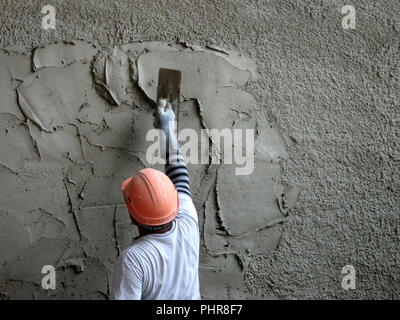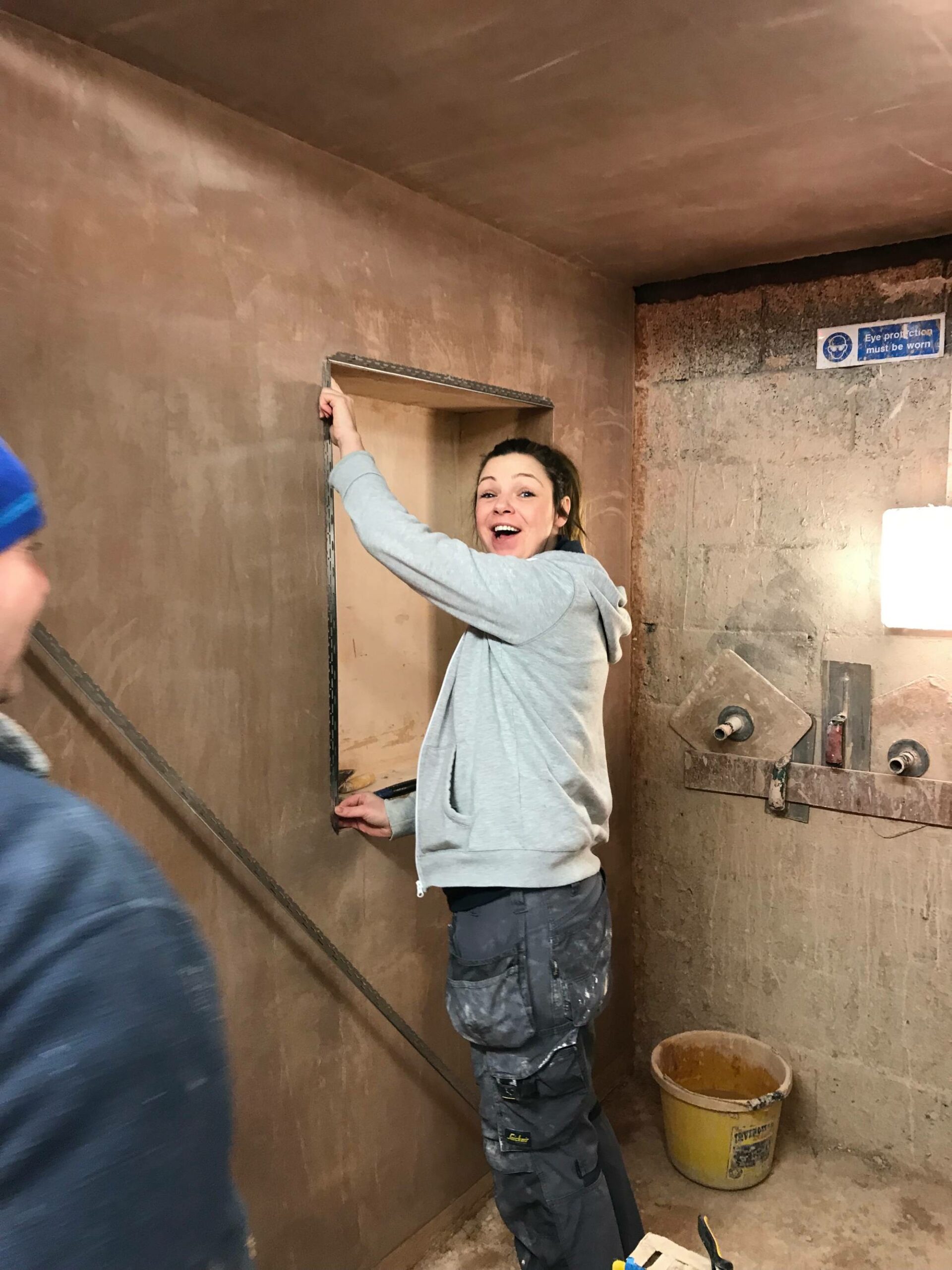How to Boost Your Do It Yourself Skills with Correct Plastering Methods
How to Boost Your Do It Yourself Skills with Correct Plastering Methods
Blog Article
Understanding the Necessary Techniques of Smudging for Home Enhancement Projects
In the world of home renovation, grasping the essential strategies of plastering can dramatically improve both the performance and aesthetic charm of a room. The gluing procedure incorporates important stages, from meticulous surface preparation to the exact application of products.
Sorts Of Gluing Strategies
Although different plastering strategies exist, each offers a special objective and supplies distinct aesthetic qualities. Among the most common techniques is standard lime plastering, which is recognized for its breathability and flexibility. This strategy is particularly valuable for older structures, allowing wetness to leave while maintaining architectural honesty.
Another widely used strategy is plaster plastering, which involves the application of a quick-setting compound. It gives a smooth coating and is optimal for indoor wall surfaces and ceilings, making it a preferred choice in modern-day building. For an extra distinctive appearance, trowel-on plastering techniques such as stucco and Venetian plaster are commonly utilized. Stucco, generally made use of in exteriors, gives resilience and climate resistance, while Venetian plaster is renowned for its extravagant, sleek surface.
Additionally, there are a lot more specialized strategies, such as skimming, which is a procedure that entails using a thin layer of plaster over existing surface areas to produce a smooth surface. Each of these methods can considerably affect the total aesthetic and capability of a space, making it important to pick the ideal technique based on the specific requirements of a task.

Tools and Products Needed

Necessary devices and materials are crucial for effective plastering, making sure both effectiveness and quality in the application procedure. An extensive plastering toolkit normally consists of a hawk, trowels, and a float. The hawk works as a platform to hold the plaster, while the trowels, available in different sizes, are necessary for application and smoothing. A float, frequently constructed from rubber or sponge, is made use of to achieve an uniform surface.

Investing in top quality tools and materials inevitably contributes to an extra successful plastering job, generating a durable and aesthetically pleasing finish. Correctly equipped, you lay the groundwork for efficient gluing and home renovation.
Step-by-Step Plastering Refine
With the right devices and products in hand, the following stage involves implementing the gluing procedure with precision. Begin by preparing the surface area to make certain optimal attachment. Remove any type of loose debris, dirt, or old plaster, and use a bonding agent if essential.
Once the surface is prepped, mix the plaster according to the supplier's instructions, attaining a smooth, lump-free uniformity. Making use of a trowel, use the initial layer, known as the scrape coat, to a thickness of about 5-10 mm. Ensure uniform coverage, and utilize a comb or scratcher to my blog develop grooves for far better adhesion of subsequent layers.
After enabling the scrape layer to set partly, apply the 2nd layer, or the brown coat, smoothing it out for an also coating. Use the ending up coat, which ought to be thinner and smoother.
As soon as the plaster has dried out completely, it can be fined sand gently to get rid of flaws. Follow up with a primer prior to painting for a sleek final appearance.
Usual Blunders to Prevent
Failing to recognize usual errors can considerably affect the quality of your plastering task. One constant error is insufficient surface preparation. Failing to prime and tidy the surface can lead to inadequate attachment, causing fractures and peeling off. In addition, disregarding to repair any underlying issues, such as moisture or architectural damage, can compromise the plaster's integrity.

Timing is additionally critical; lots of inexperienced plasterers hurry the application. Enabling the preliminary layer to completely dry completely before using subsequent layers is vital to prevent excessive splitting and shrinking.
In enhancement, not utilizing the right devices can hinder the ending up procedure. Utilizing trowels that are too big or little can influence your control and the level of smoothness of the finish.
Tips for Finishing Touches
Achieving More Info a remarkable surface in plastering needs focus to information and a couple of calculated techniques. Once the first application has dried, begin the completing process by utilizing a wet sponge or trowel to smooth out any kind of flaws. This action not only improves the surface yet also helps to eliminate any type of excess plaster that might have dried erratically.
Following, consider the usage of a fine-grit sanding block or pole sander for a more sleek appearance. Sanding More Help must be done carefully to prevent harming the underlying layer - Plastering. Always put on a mask to safeguard versus dust breathing
After fining sand, inspect the surface under different illumination problems to recognize any type of missed places or inconsistencies. Apply a slim layer of finishing plaster if necessary, feathering out the edges to blend effortlessly with the bordering area.
Conclusion
In verdict, understanding important plastering strategies substantially improves the top quality of home renovation tasks. Comprehending the various types of gluing methods, making use of suitable tools and products, and adhering to a systematic application process contribute to achieving a resilient and smooth finish.
In the realm of home improvement, grasping the vital methods of plastering can considerably improve both the functionality and aesthetic appeal of a space.Although numerous gluing strategies exist, each serves an one-of-a-kind purpose and uses distinctive visual qualities. Plastering. For a more distinctive look, trowel-on plastering techniques such as stucco and Venetian plaster are often employed. Stucco, commonly used in outsides, provides toughness and climate resistance, while Venetian plaster is renowned for its elegant, refined finish
Typically utilized plaster types include gypsum plaster, lime plaster, and cement-based plaster, each offering various purposes and environments.
Report this page